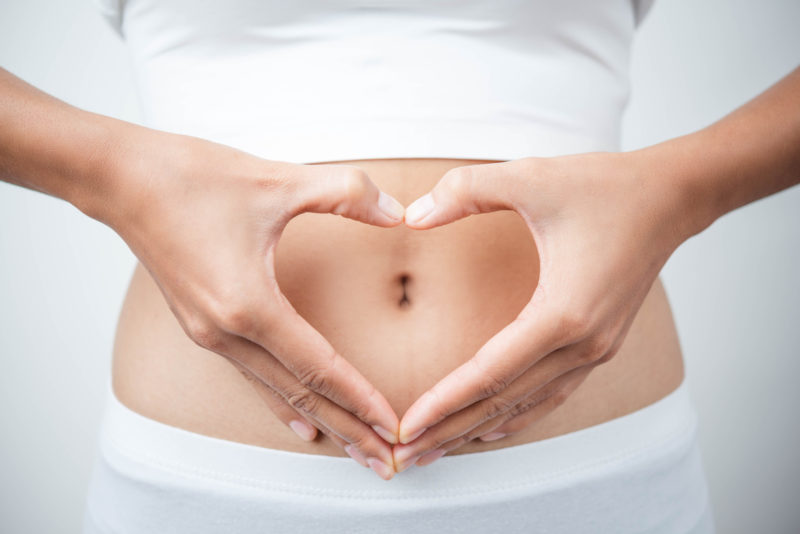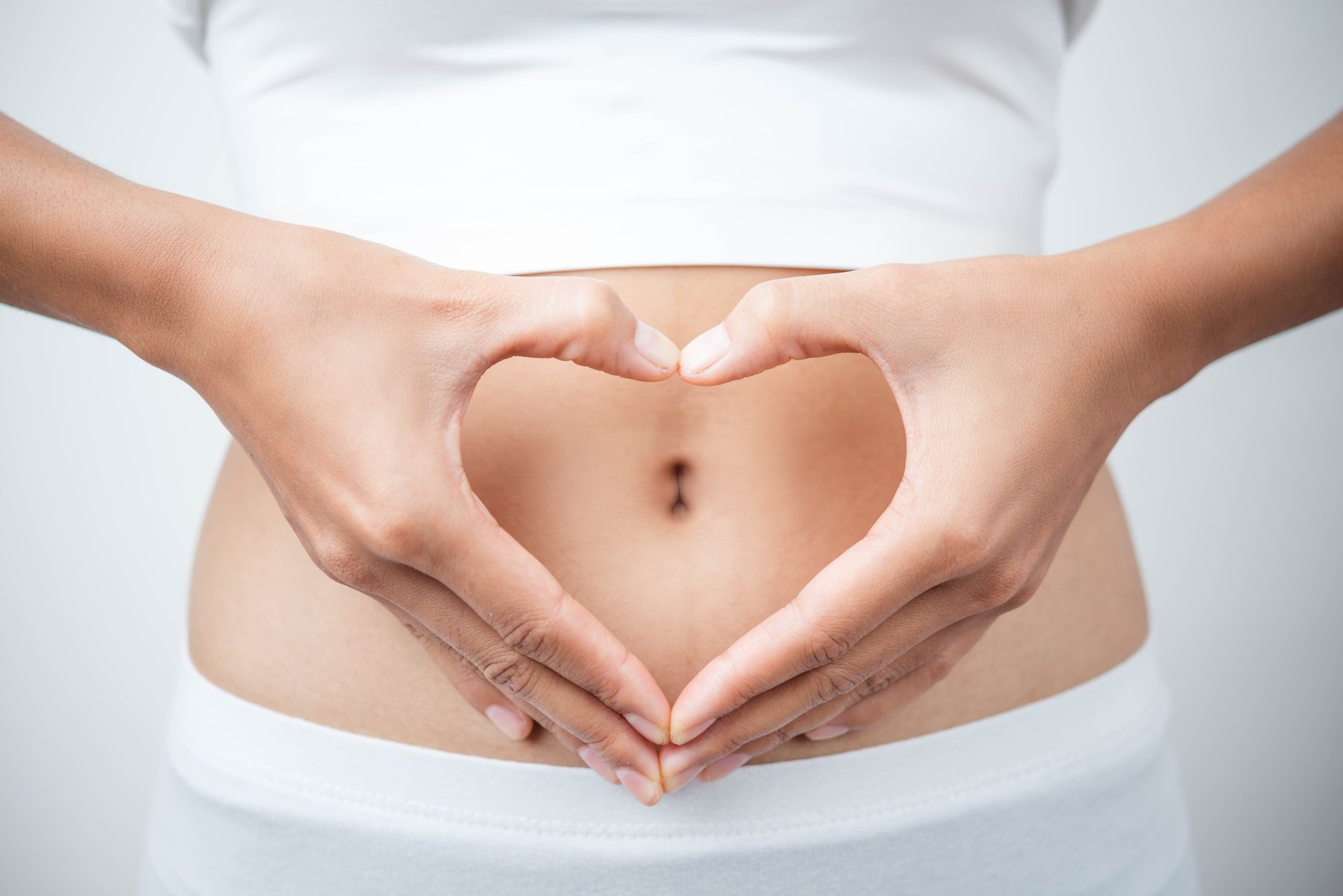The following article is an excerpt from Why We Get Sick by Levels advisor Ben Bikman, printed here with permission. Why We Get Sick is a ground-breaking book on insulin resistance, one of the most prevalent undiagnosed conditions in the world. The book connects the dots between insulin and several major illnesses and offers practical advice for turning around the epidemic of insulin resistance. Here, Bikman examines how insulin and glucose affect our digestive processes.
Our intestines and kidneys are vital to life and share the burden of keeping our bodies clean—they work to block harmful substances from entering or staying in our systems and push them from the body. Tragically, they’re both highly susceptible to insulin resistance. A shocking number (about 63%) of people with insulin resistance (type 2 diabetes) experience gastrointestinal issues. It’s also the leading cause of kidney failure. So our response to insulin is closely tied to our gastrointestinal and kidney health; if we expect these organs to work their best, we need to keep insulin in control.
Insulin and Digestion
The gastrointestinal (GI) tract includes everything from mouth to anus, as well as multiple associated organs, such as the liver, gallbladder, and pancreas. All of these players work together to digest foods and absorb the nutrients from the gut into the blood. This process involves multiple distinct steps: we chew and swallow our food (while enzymes in our saliva begin the digestive process), food moves through the intestines, certain glands secrete digestive substances into the intestines, these substances break down the food into smaller molecules, and then these smaller molecules move through the intestinal cells and into the blood. Each step requires the previous step to work in concert. And insulin resistance can create problems with all of them.
Reflux Esophagitis
To digest foods, the stomach produces a highly acidic juice. The stomach can handle this acid because it is lined with thick protective mucus, but the esophagus can’t withstand it, so a ring of muscles called the lower esophageal sphincter closes off the esophagus from the stomach. However, sometimes stomach contents are still able to splash up (or reflux) into the esophagus. Because the esophagus has no protection from the highly acidic mix, the lower esophagus can develop ulcers as a result.
Almost half (about 40%) of all American adults experience frequent heartburn, the common symptom of reflux.(1) When we recall that over half of American adults are insulin resistant, it’s not surprising to learn that metabolic syndrome is highly related to reflux esophagitis and to its chronic cousin, gastroesophageal reflux disease.(2) In particular, two key symptoms of metabolic syndrome are linked here: visceral obesity and insulin resistance. The connection with visceral obesity may be easier to grasp: having more fat in the central region may compress the surrounding tissues, including the stomach. That would increase stomach pressure and relax the lower esophageal sphincter. As I have mentioned at various points, and as we’ll see in more detail in the next chapter, insulin resistance can lead to visceral obesity. But—and this is critical—although visceral obesity may be the obvious culprit for reflux, it’s not acting on its own. In scrutinizing numerous lifestyle variables, physicians in Taiwan found that insulin resistance, independent of visceral obesity, blood pressure, or other variables, increases the risk of developing reflux by approximately 15%; to put it plainly, the subjects’ reflux got worse as their insulin resistance got worse.(3)
Over time, the lower end of the esophagus begins to defend itself from acid reflux by changing the outermost layer of cells into a more robust lining that resembles the lining of the intestines. This is a condition called Barrett’s esophagus, which is more prevalent with insulin resistance.(4) Alone, Barrett’s esophagus may not be a serious or life-threatening condition, though it can lead to uncomfortable and/or painful swallowing. However, once cells start changing, they may continue to change, potentially becoming malignant. Thus, the real concern with Barrett’s esophagus is the potential that it might develop into esophageal cancer.(5)
Gastroparesis
Let’s continue our journey along the GI tract. To push the food we’ve eaten through the intestines and eventually out of the body, the intestines steadily contract and relax in a pattern of involuntary transport called peristalsis. Gastroparesis is a potentially serious complication wherein the intestines, and usually the stomach, are paralyzed and unable to move food onward. This results in the food lingering and potentially condensing into a hard mass called a bezoar that can block narrow passages as it moves, slowly and painfully, through the intestines.
Diabetes is a prominent cause of gastroparesis. In people with diabetes, the condition is thought to stem from the damage that can happen to specific nerves, known as neuropathy.(6) In this instance, the nerve that controls the stomach, the vagus nerve, becomes damaged and thus is less able to induce stomach contractions and peristalsis. This nerve damage is likely a consequence of the excess blood glucose that typifies diabetes, but even insulin alone has an effect. One study gave its participants infusions of insulin to create an artificial hyperinsulinemia, like what would accompany insulin resistance, and the movement of food through their intestines was slowed by almost 40%.(7)
Of course, the intestines can’t really fulfill their role without some help. Acting alone, the intestines are basically a tube through which food and eventual waste moves through us—so they can only transport matter and absorb nutrients and water. For proper digestion to occur before absorption, the intestines rely on several organs, which we’ll explore in future articles.
Gallstones
Bile can become prone to forming stones in two ways: the liver may be producing too much cholesterol, or the gallbladder may not be contracting enough to push bile into the intestines. Insulin resistance affects both of these functions.
First, let’s look at the situation with excess cholesterol. A gallstone can form if the bile becomes too enriched with either bilirubin or cholesterol. The liver is responsible for removing old red blood cells from the body, and bilirubin is a part of a degraded red blood cell—insulin resistance has nothing to do with this (so far as I know). However, insulin has a tremendous influence on the rate of cholesterol production in the liver. The cholesterol can either enter the blood or be moved into the bile and stored in the gallbladder. Thus, as the body becomes insulin resistant and insulin levels climb, the liver begins producing more cholesterol than normal, which can enrich the bile with too much cholesterol.
Multiple human studies have found that insulin resistance is one of the most significant risk factors for developing gallstones,(8) predominantly cholesterol stones, the most common type worldwide. There’s even clearer evidence in animal studies that insulin and insulin resistance directly cause gallstone formation. One study in hamsters found that injecting the animals with insulin daily for one week was sufficient to increase cholesterol gallstone formation.(9) In a second study, scientists created genetically modified mice that were insulin resistant only in the liver. They fed their rodent subjects a diet of cholesterol-enriched chow. The liver-insulin-resistant animals, but not the normal mice, developed massive cholesterol stones.(10)
The gallbladder is normally able to reduce the chances of a stone by contracting to pump bile into the intestines. This ensures that bile components, such as cholesterol, have less time to coalesce and form a stone.
Insulin slows gallbladder motility. In fact, the more insulin resistant a person is, the less the gallbladder contracts—and that’s true even in people who haven’t been diagnosed with insulin resistance.(11) Research has shown that even a four-hour infusion of insulin, creating an acute state of hyperinsulinemia, reduces gallbladder function.(12)
Gallstones: What’s Fat Got to Do With It?
Gallstones have a lot to do with dietary fat. After a stone forms in a person’s gallbladder, they will very often feel sharp pain, which is the sensation of the gallbladder trying to eject bile into the intestines while the stone is blocking the duct.
However, dietary fat is one of the best ways to prevent a gallstone from forming. When a person eats fat, the gallbladder empties itself; increased dietary fat raises gallbladder motility (or how often it contracts), which helps prevent stone formation.
All of this is why people who adopt a low-fat, low-calorie diet for weight loss (quite common) have an increased risk of gallstone formation and, eventually, may need to have the gallbladder removed.(13)
Pregnancy and Gallstones
Pregnancy increases the risk of developing gallstones or a thicker bile termed “sludge,” which is an early warning for stone formation.(14) Interestingly, the sludge resolves itself to normal consistency once the pregnancy is over. Think back to chapter four. What else gets worse throughout pregnancy and gets better once the baby is born? Yep, insulin resistance. In fact, insulin resistance is the most predictive factor in developing bile sludge and may be the primary cause of pregnancy-related gallstone formation.(15)
Related video:
1. Locke, G.R., 3rd, et al., Prevalence and clinical spectrum of gastroesophageal reflux: a population-based study in Olmsted County, Minnesota. Gastroenterology, 1997. 112(5): p. 1448-56.
2. Chung, S.J., et al., Metabolic syndrome and visceral obesity as risk factors for reflux oesophagitis: a cross-sectional case-control study of 7078 Koreans undergoing health check-ups. Gut, 2008. 57(10): p. 1360-5.
3. Hsu, C.S., et al., Increasing insulin resistance is associated with increased severity and prevalence of gastro-oesophageal reflux disease. Aliment Pharmacol Ther, 2011. 34(8): p. 994-1004.
4. Duggan, C., et al., Association between markers of obesity and progression from Barrett’s esophagus to esophageal adenocarcinoma. Clin Gastroenterol Hepatol, 2013. 11(8): p. 934-43.
5. Cameron, A.J., et al., Adenocarcinoma of the esophagogastric junction and Barrett’s esophagus. Gastroenterology, 1995. 109(5): p. 1541-6.
6. Guy, R.J., et al., Diabetic gastroparesis from autonomic neuropathy: surgical considerations and changes in vagus nerve morphology. J Neurol Neurosurg Psychiatry, 1984. 47(7): p. 686-91; Annese, V., et al., Gastrointestinal motor dysfunction, symptoms, and neuropathy in noninsulin-dependent (type 2) diabetes mellitus. J Clin Gastroenterol, 1999. 29(2): p. 171-7.
7. Eliasson, B., et al., Hyperinsulinaemia impairs gastrointestinal motility and slows carbohydrate absorption. Diabetologia, 1995. 38(1): p. 79-85.
8. Tsai, C.J., et al., Macronutrients and insulin resistance in cholesterol gallstone disease. Am J Gastroenterol, 2008. 103(11): p. 2932-9; Mendez-Sanchez, N., et al., Metabolic syndrome as a risk factor for gallstone disease. World J Gastroenterol, 2005. 11(11): p. 1653-7.
9. Dubrac, S., et al., Insulin injections enhance cholesterol gallstone incidence by changing the biliary cholesterol saturation index and apo A-I concentration in hamsters fed a lithogenic diet. J Hepatol, 2001. 35(5): p. 550-7.
10. Biddinger, S.B., et al., Hepatic insulin resistance directly promotes formation of cholesterol gallstones. Nat Med, 2008. 14(7): p. 778-82.
11. Nakeeb, A., et al., Insulin resistance causes human gallbladder dysmotility. J Gastrointest Surg, 2006. 10(7): p. 940-8; discussion 948-9.
12. Gielkens, H.A., et al., Effect of insulin on basal and cholecystokinin-stimulated gallbladder motility in humans. J Hepatol, 1998. 28(4): p. 595-602.
13. Festi, D., et al., Gallbladder motility and gallstone formation in obese patients following very low calorie diets. Use it (fat) to lose it (well). Int J Obes Relat Metab Disord, 1998. 22(6): p. 592-600.
14. Maringhini, A., et al., Biliary sludge and gallstones in pregnancy: incidence, risk factors, and natural history. Ann Intern Med, 1993. 119(2): p. 116-20.
15. Maringhini, A., et al., Biliary sludge and gallstones in pregnancy: incidence, risk factors, and natural history. Ann Intern Med, 1993. 119(2): p. 116-20.








